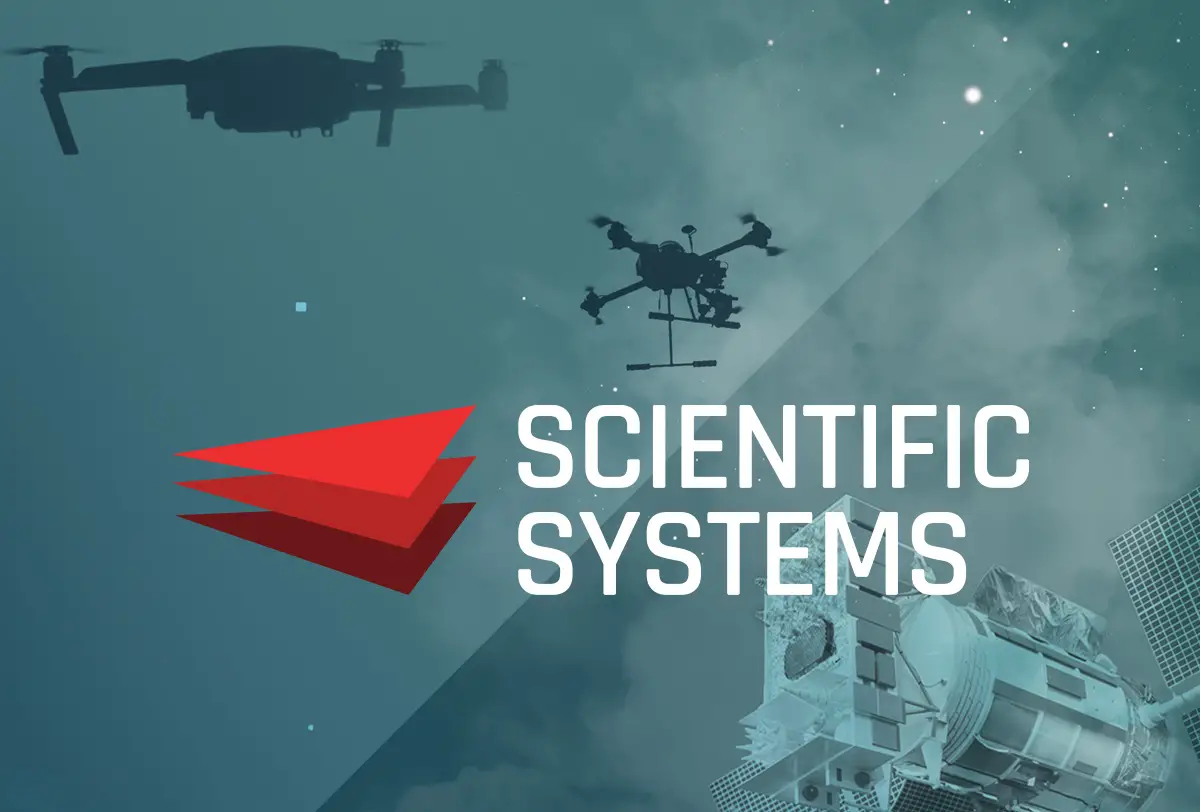Scientific Systems, a leader and pioneer in intelligent autonomous systems, has demonstrated autonomous, peer-to-peer, collaboration and orchestration of commercial satellites and uncrewed aerial systems (UAS), to include closed-loop control of all associated multidomain sensors, and exploitation services. The demonstration supported the Army Responsive Tactical ISR Technology (ARTIST) program. The ARTIST contract was awarded by the U.S. Army Rapid Capabilities and Critical Technologies Office (RCCTO). The ultimate potential of ARTIST software technology is providing the Army with the capability to sense, decide, and act with superior speed and scale across the battlespace. Scientific Systems demonstrated how autonomy can increase warfighter battlefield situational awareness through a dynamic network of multi-domain collaborative platforms. In this instantiation, a dismounted tactical user in the middle of an operationally relevant scenario used a smart tablet, running the Android Team Awareness Kit (ATAK) software suite, to request and receive time-critical and actionable battlefield intelligence.
Dr. Owen Brown, Vice President of Solutions Development at Scientific Systems, stated “The recent ARTIST demo is a major achievement, displaying how our edge-based Collaborative Mission Autonomy (CMA) software can become the ‘glue’ to coordinate and orchestrate multidomain autonomous platforms, all spawned by a simple ‘ride-share app like’ request for ISR services. It’s significant that we have shown how easily an uncrewed platform with edge processing can be instantly transformed with CMA into a tactically controlled, multidomain resource, operating in challenged or denied environments.”
Specifically, the tactical user requested real time information regarding the location of all vehicles within a defined area of interest on a map. Accurate answers were returned in fractions of the time it would take in a typical approach not enabled with space queuing or onboard UAS autonomy. This warfighter utility was demonstrated over three separate events, including one at the Yuma Proving Ground, as part of Project Convergence 2022. Showcasing the rapid portability of CMA software, these demonstrations were conducted on multiple tiers of UASs and utilized a variety of mission compute resources. The UASs were fitted with Parry Labs edge compute technology (Hyper and Autonomy) and Parry Labs Stratia software stack. Scientific Systems CMA software was rapidly loaded as containers into the Stratia software stack. Capella’s Synthetic Aperture Radar (SAR) satellites were used as the space segment in the demonstrations and Automatic Target Recognition (ATR) capability for both the space and air segments was integrated into the software, including ATR machine-learning software from Project Maven.
Scientific Systems has previously incorporated its Collaborative Mission Autonomy software on the Parry Labs software operating environment and Edge Compute hardware, which has form factors that support future tactical unmanned aircraft systems (FTUAS), air-launched effects, stratospheric platforms, and other demanding uncrewed and crewed aircraft, maritime, and ground systems. Together, the solutions from Scientific Systems and Parry Labs increase the speed of information available to the warfighter to accelerate decision making, expediting the sense-to-effects kill chain, and ensuring mission success. Scientific Systems develop advanced technologies for navigation, mission planning and AI-enabled autonomy systems for the Aerospace and Defense industries. The company solutions enable unmanned systems across air, ground, maritime and space domains to implement Commander’s Intent, ensure mission effectiveness, and dramatically shorten operational timelines.















